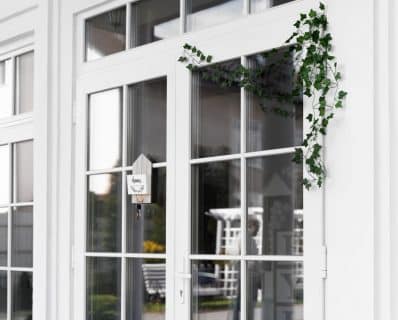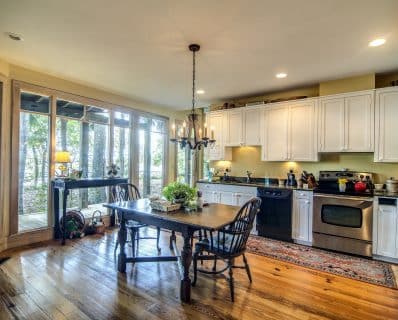How to Install New Windows Wisely
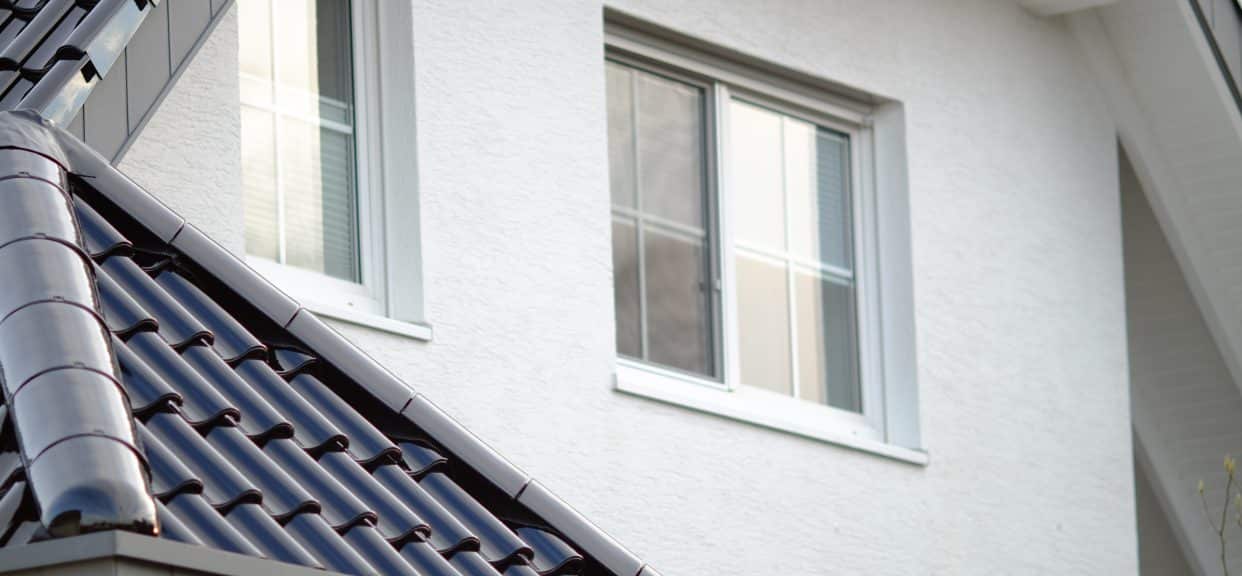
[toc]
If you’ve been thinking about window replacement for a while and finally decided to move forward, you might find it’s not as straightforward as it first seems. Picking the right windows for your home can feel overwhelming. The Canadian market is packed with options, each claiming to offer better features than the next. So, how do you cut through the noise and find the best choice for your budget?
Materials for Window Frames
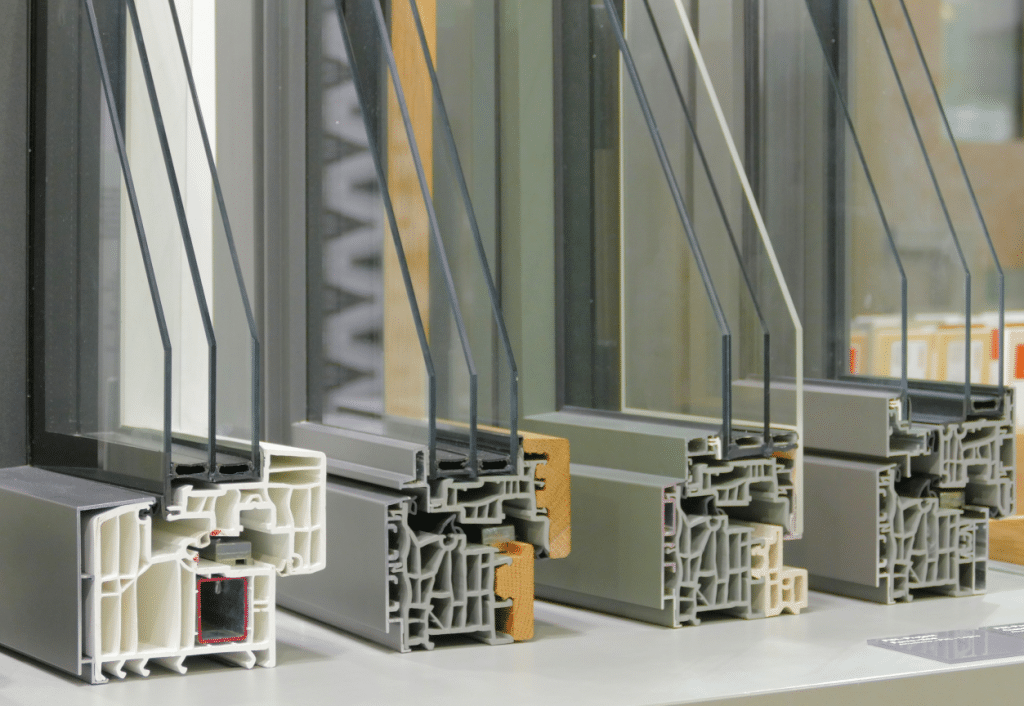
The suitable frame material can significantly impact your property’s value. The most common materials are:
- Vinyl frames — low maintenance and good insulation properties;
- Wood frames — unmatched natural beauty, excellent insulation but require high maintenance;
- Aluminum frames — strength, allowing for thinner frames and more glass area.
Aluminum frames are ideal for picture windows where the maximum view is very important. Despite their durability and low maintenance needs, they conduct heat, making them less energy-efficient than vinyl or wood frames.
Energy efficiency
The frame material greatly influences a window’s energy efficiency and insulation properties. Vinyl and wooden frames are good at preventing heat transfer, which is very important for maintaining a comfortable temperature indoors all year round.
They help lower energy bills by reducing the need for heating and cooling systems to work overtime.
Aluminum frames require a thermal break, a plastic section between the inner and outer parts of the frame that improves thermal insulation. Without this feature, aluminum windows are not energy efficient.
Visual appeal
Wood frames add warmth and elegance to any space, while vinyl frames offer versatility in design, with various colours and finishes that mimic natural wood or sleek metal. They fit any architectural style without requiring frequent touch-ups.
Aluminum frames provide a minimalist look favoured in modern designs. Their slim profile maximizes views through picture windows but might not blend well with classic home styles.
Not All Glass Is Equal — Here’s How to Pick the Right One
Homeowners often face a choice between double-pane and triple-pane glass. Both options offer distinct benefits in terms of insulation and noise reduction. But there are significant differences between them.
Double-pane glass consists of two sheets of glass with an air or gas layer in between. This setup significantly reduces heat transfer, making your home more energy-efficient. It also reduces outside noise, providing a quieter indoor environment.
Triple-pane glass takes it a step further with an additional layer of glass and insulating space. This extra barrier enhances thermal performance and sound insulation even more. Triple-pane windows are top performers in harsh climates, but they come at a higher cost.
UV Protection
The right window glass can significantly impact UV protection and fade prevention for interior furnishings. Low-E-coated glass filters out most UV radiation, which is responsible for fading colours in fabrics, paintings, and wood floors.
Design and Functionality
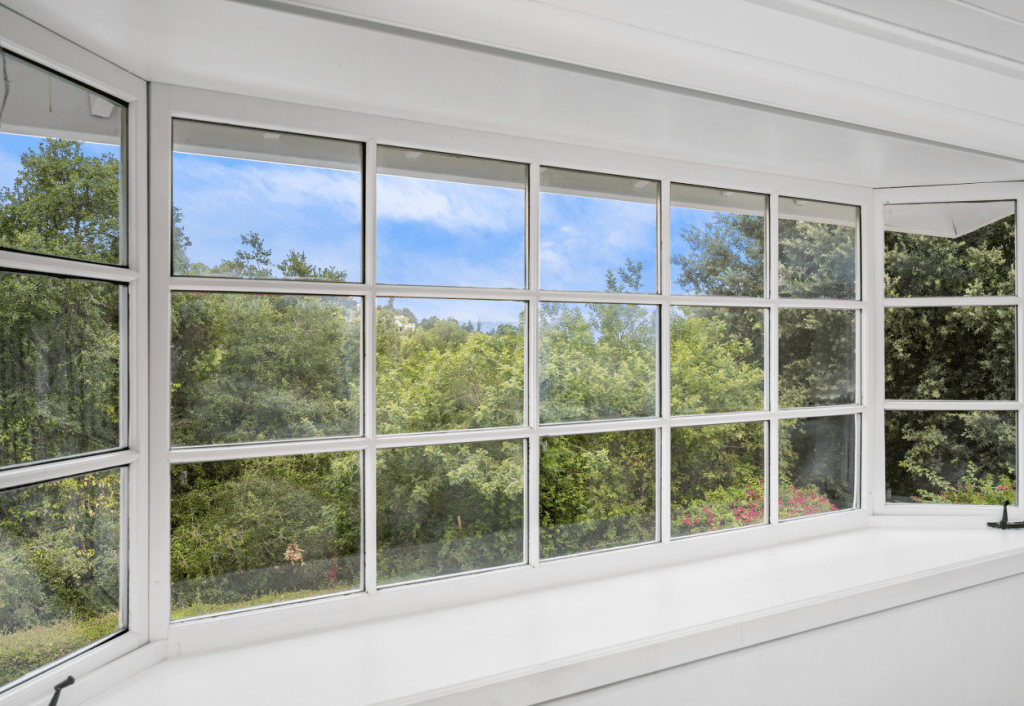
If you have decided to install new windows, you have likely considered both functionality and appearance. Double-hung windows, for example, are known for their traditional look and fit well with classic architectural style. They offer low maintenance due to their ability to tilt inward, making them a popular choice among homeowners.
Casement windows are hinged on the side and swing outward to open. They provide excellent ventilation and are ideal for areas where airflow is a priority. Their design suits modern homes well, offering a sleek appearance both inside and out.
Sliding windows are ideal for spaces with limited outdoor clearance. They slide horizontally and are perfect for contemporary homes that require unobstructed views and ample natural light.
Key Things to Consider for a Smooth Window Installation
The right professional for window installation, such as HTR, ensures that your new windows function properly and are properly sealed.
The proper window installation process involves:
- Careful measurement;
- Structural integrity;
- Precise sealing to prevent air and water leaks.
Hiring experienced installers minimizes problems in the long run. They can predict potential issues before they arise, saving homeowners from costly repairs. Professionals can provide valuable advice on window care to extend their lifespan.
Custom size
Sometimes, standard window sizes don’t fit your home’s unique dimensions. Custom-sized new windows can impact both installation time and cost. Custom sizing is especially relevant when integrating new windows with specific design elements.
Custom windows require precise measurements for a perfect fit. Measurements might extend the installation timeline, but in this case, you achieve a more energy-efficient and visually appealing result.
Energy Savings Tips for 2025
Energy-efficient windows not only save energy but also reduce your electricity bills as a result. Opt for models that bear the New Energy Star certification. These windows are designed to keep heat in during winter and out during summer.
Look for windows with a low solar heat gain coefficient (SHGC). This rating measures how well the window blocks heat from the sun. The lower the SHGC, the better it is at preventing unwanted solar heat gain. This is particularly important for homes in warmer climates, where the sun’s rays can increase indoor temperatures.
Also, properly aligning new windows with your home’s orientation maximizes natural light and minimizes heat gain or loss. South-facing windows, for example, capture more sun, which is essential for natural warming in cold regions.
Installing larger windows on the north side allows for consistent, soft light without the harshness of direct sunlight. This strategy helps maintain a stable indoor temperature.
Choose the Right New Windows for Your Climate
Choosing new windows that will fit perfectly into your home largely depends on the climatic conditions in your region. Harsh winters, high humidity, and coastal storms all affect the characteristics you need in new windows. We have analyzed the match between climatic conditions and window characteristics and brought this to you in the table below:
| Region/Condition | Recommended Features | Benefits |
| Hot Climates | Low-emissivity (Low-E) glass coatings | Reflects solar heat, keeps interiors cool, lowers energy bills |
| Cold Climates | Triple-pane glass, thermal break window frames | Minimizes heat loss, reduces condensation, improves insulation |
| Coastal Areas | Impact-resistant (hurricane-grade) windows | Protects against strong winds, flying debris, and pressure changes during storms |
| High-Humidity Regions | Vinyl or fiberglass window frames | Resists mold, rot, and warping; maintains durability and shape in moist conditions |
| Extreme Temperatures | Vinyl or fibreglass window frames | Maintains indoor comfort year-round, reduces heating and cooling costs |
Maintenance and Upkeep
Regular cleaning is top priority for the longevity of your new windows. It promises effective performance and prevents debris accumulation. Use a soft cloth and a mild detergent for cleaning.
Avoid harsh chemicals that can damage the frames or glass.
For awning windows, both sides should be cleaned. This allows for optimal airflow and maintains a clear view.
Frame inspection
Wooden frames require more attention due to their susceptibility to rot. Inspect them annually for signs of wear or damage. Promptly repair any damaged paint or sealant. This prevents moisture infiltration, which is the primary cause of rot.
Energy checks
Periodically check the energy efficiency of your windows, especially before seasonal changes. Look for drafts around the window edges. Check that seals and weatherstripping are intact.
These checks help maintain comfortable indoor temperatures and reduce energy bills. If you notice significant energy loss, it’s time to install new windows with better insulation properties.
Conclusion
Expert opinion
Cameron Williamson
Having spent many summers helping his father with their family business, now Cameron Williamson is an author with extensive experience in all things doors and windows. Though Cameron eventually found his calling as an author, the skills and knowledge he's gained in those years help him make other people's lives better with his technical insights.
Proper window installation, along with regular maintenance tips, promises the longevity of performance. Keep documentation related to your purchase and installation handy. This simplifies the process if you need to claim warranty services.
If you’re serious about boosting your home’s energy efficiency and curb appeal while lowering your energy bills, it’s important to make sure your new windows are installed properly. The best way to do that is to hire a trusted window installation and replacement contractor, such as HTR.
How to Install New Windows FAQ
Haven’t got your answer? Contact our support now

